Weeds & Invasive Plants
All Weeds & Invasive Plants Content
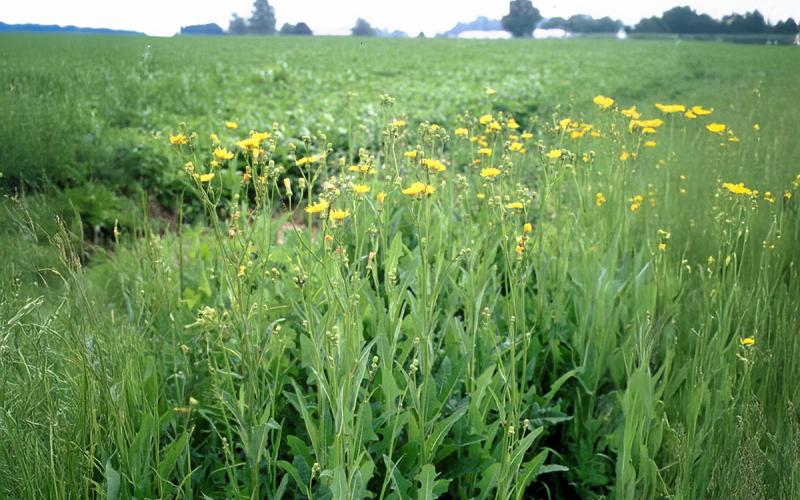
Perennial Sowthistle Management
Perennial sowthistle inhabits roadsides, pastures, rangelands, and croplands. It can be abundant in overgrazed, over-hayed, or over-mowed areas, as there is little desirable vegetation to compete against the weed.
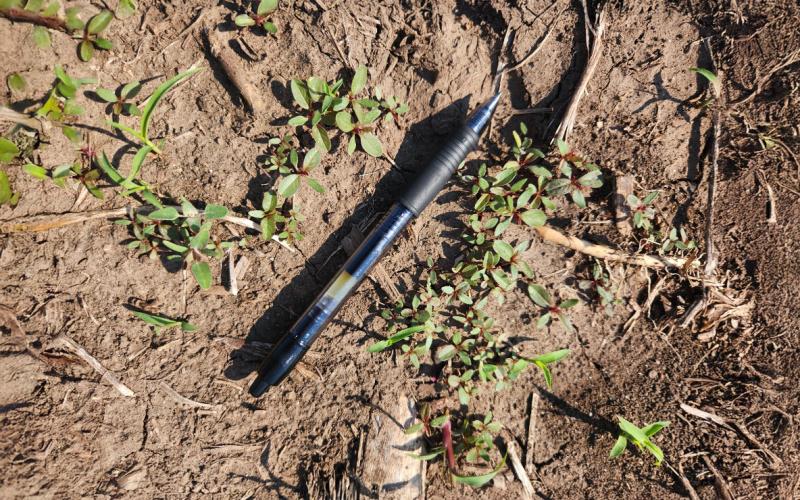
Waterhemp Has Emerged in South Dakota: Time to prepare for post-emergence management
Waterhemp has started to emerge across South Dakota. While waterhemp plants are small now, recent rain events and forecasted warmer air temperatures are ideal for waterhemp growth.

Dicamba-Resistant Kochia Can Likely Be Found Across South Dakota
Kochia populations collected across South Dakota have been subjected to an herbicide effectiveness screen, where a treatment of dicamba was applied and some kochia plants exhibited survival and regrowth after treatment.
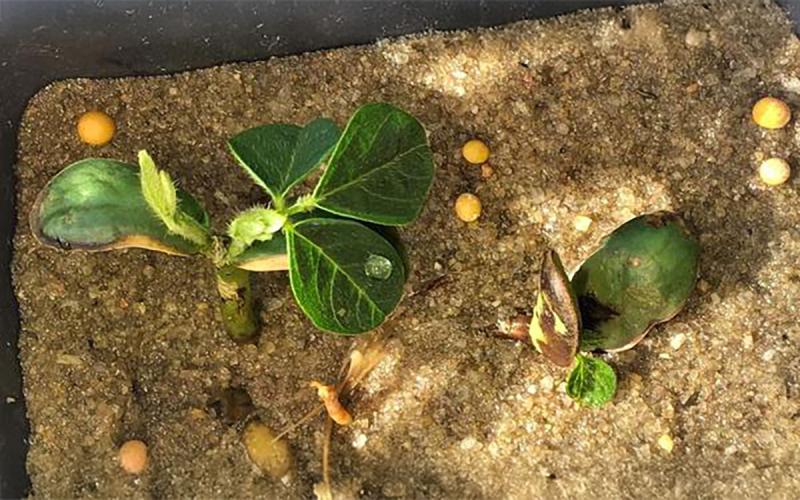
Wind and Rain May Have Delayed Preemergence Herbicide Application: What Now?
With recent winds and rain, preemergence herbicide applications may be further delayed. Scouting to determine if crops and/or weeds have emerged is critical to ensure effective and safe application of preemergence herbicides.
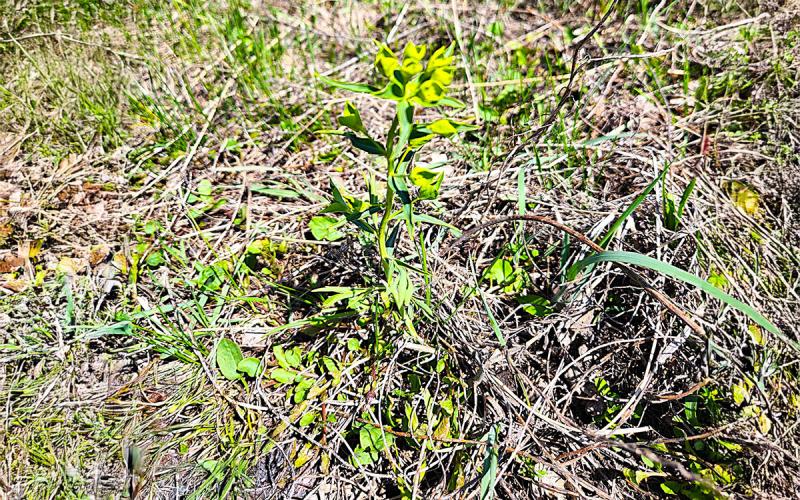
Leafy spurge has germinated and is growing rapidly in South Dakota: Scout carefully!
Leafy spurge can reduce the value and productivity of pasture and displace desirable vegetation. Now is the time to scout for infestations to determine which management tactics will be most effective.
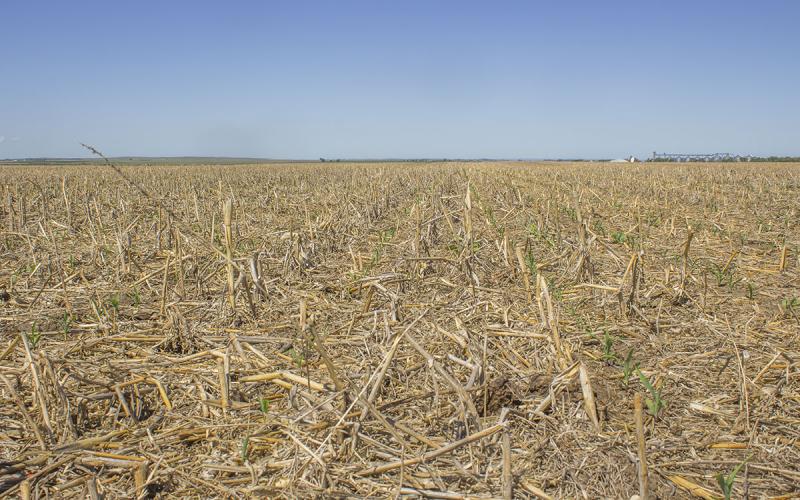
Dry Conditions May Hinder the Performance of Recently Applied Preemergence Herbicides
If a preemergence herbicide does not receive an activating rainfall, generally 0.5 to 1 inch of rain, many weeds will emerge, as the herbicide remains on the soil surface.

Saflufenacil-Resistant Kochia Confirmed in South Dakota
Saflufenacil is an herbicide that can be applied at a burndown timing before most South Dakota crops to effectively manage kochia. However, overreliance on saflufenacil has selected for resistant kochia in our region.
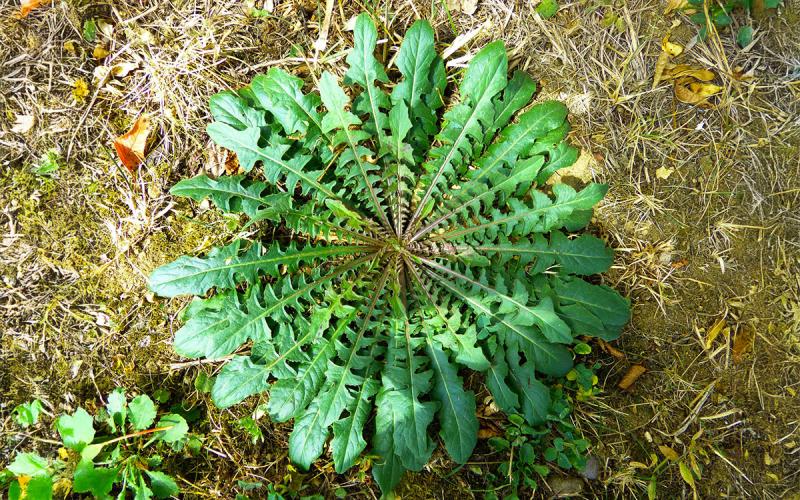
Spring Dandelion Control
If dandelions are present on your property this spring, an herbicide application may be worthwhile, because it can kill above-ground growth, meaning a reduced likelihood for seed production that will worsen problem.
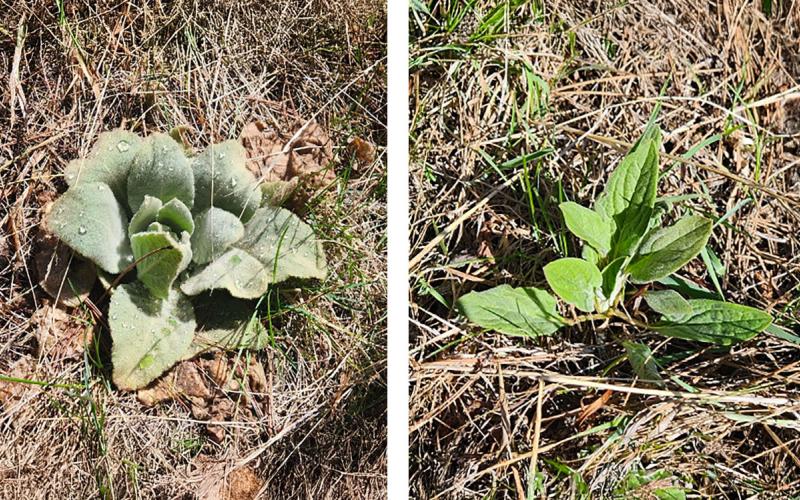
Common Mullein and Houndstongue Have Germinated in the Black Hills and Surrounding Areas West River
Two biennial species, common mullein and houndstongue, have germinated and begun to grow in the Black Hills. Now is the time to scout and determine where areas need attention to manage these species and other weeds.
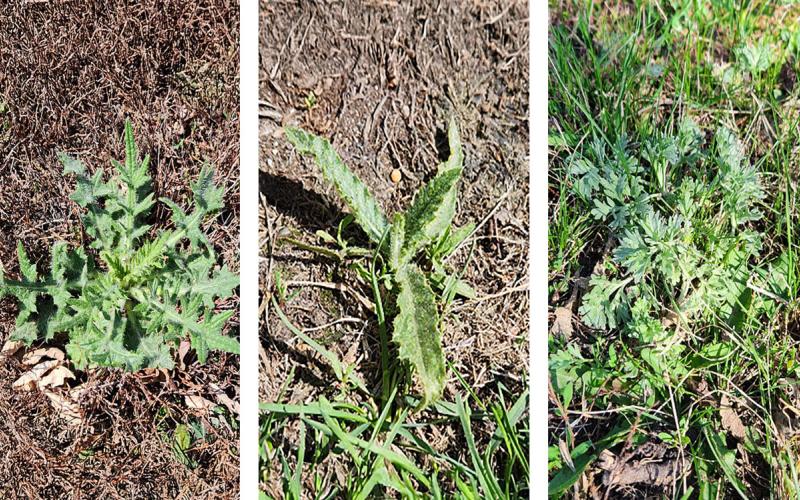
Noxious Weeds Have Germinated in East River South Dakota
Seasonal conditions have been favorable for weed germination, including biennial thistle, Canada thistle, and absinth wormwood. Learn some tips for scouting, identifying, and managing these noxious weeds before they become a problem.